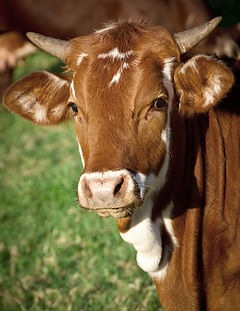
Our Tawny Owl's
Welcome to our Tawny Owl's page.
Here at School Farm we have our very own
Tawny Owl's Roosting.
Scroll down to see and learn some interesting facts
about these birds.
But that's not all. We also have a special home for
our Barn Owl who just loves to come and play out at night 🌙





Tawny Owl FACTS
The Tawny Owl is a carnivorous night hunter common throughout Europe and western Asia with pockets found within the Middle East and the Indian sub-continent. It shouldn’t be confused with the Tawny Fish-owl of East Asia, the Tawny-bellied Screech owl of South America nor the Tawny-browed owl found on the eastern side of South America. The tawny owl is also occasionally referred to as the Brown Owl.
With a body length of between 37 – 39 cm (14.5 – 15.5 in) the adult tawny owl is shorter in length than the Common Wood Pigeon. For an owl of its size its wing span is relatively short at 94 – 104 cm (37 – 41 in) which allows for quick and easy flight through woodland areas, its preferred habitat.
The tawny owl is classified as belonging to the family known as Strigadae which consists of 225 species of owls. The genus of the tawny owl, which is best defined as being the name of a specimen between family and species, is Strix of which there are 19 individual species.
The word strix is derived from the ancient Greek word meaning owl. The scientific name for the tawny owl is Strix aluco with the word aluco denoting the owl’s species.
This latter word comes from the Italian ‘alocho’ meaning tawny owl which originated from the Latin word ‘uluccus’ meaning screech owl.
Tawny owls can be incredibly aggressive, particularly during the breeding season when they have young in their nest. They will often attack unsuspecting animals and even humans whom they may consider a threat, by swopping down from above and using their sharp talons as extremely effective weapons.
Life expectancy for the tawny owl is generally accepted as being 5 years. Predation will often result in high chick mortality rates and juveniles who leave the nest area to establish their own territories can often starve to death if no vacant territories can be found.
Tawny owls are superb night hunters and will glide silently over their territory hunting for prey or stand motionless on a favourite perch watching and more importantly listening for the telltale movement of their next meal.
They are almost totally carnivorous choosing a diet of small birds and mammals, reptiles and amphibians, insects, snails, beetles and worms.
Within the United Kingdom, where they are arguably the most common owl, their diet consists in the main of what is available to them within their territory during a particular season, predominantly voles, mice and shrews, as opposed to what their individual preference may be.
The vocalisations of male and female tawny owls differ with the female issuing a medium to high pitched almost screech like, ‘kew – wick, kew – wick’ sound whereas the male sings with a low pitched, haunting whistle or hoot, frequently repeated as in ‘hooo – hooo – hooo’.
This has often been interpreted as a ‘ta-wit ta-woo’ sound where in fact the female’s ‘kew – wick’ sound is made first (‘ta-wit’) followed by the male’s response of ‘hooo’ (erroneously described as being ‘ta-woo’).
Certainly within Europe the tawny owl is a common resident although not always easy to spot. Not only does their plumage offer excellent camouflage within their usual surroundings, they are also night hunters and during the day seldom move from their nest or roosting spot and are in fact exceptionally sedentary, using the minimal amount of physical activity.
Remember that tawny owls can be very aggressive, particularly in the breeding season and will often attack unsuspecting creatures, including humans, that they consider may be a danger to themselves or their offspring, so take care and avoid the immediate vicinity of nests.

Contact Us
Address
School Farm
Bank Lane
Warton
PR4 1TB
Contact
07887 620100
Opening Hours
Mon - Fri
10:00 am – 4:00 pm
Saturday
10:00 am – 12:30 pm
Sunday
10:00 am – 4:00 pm






